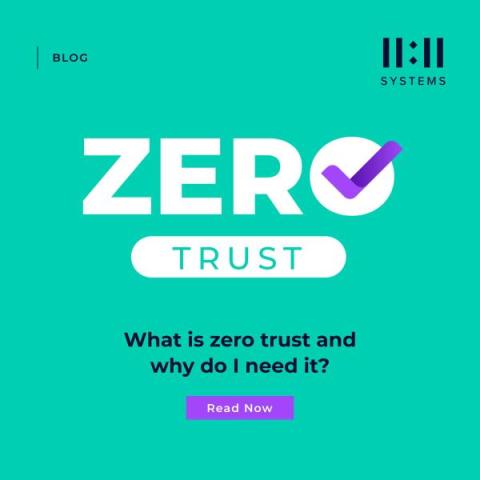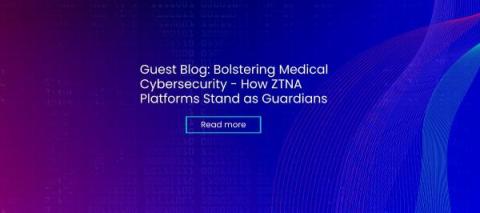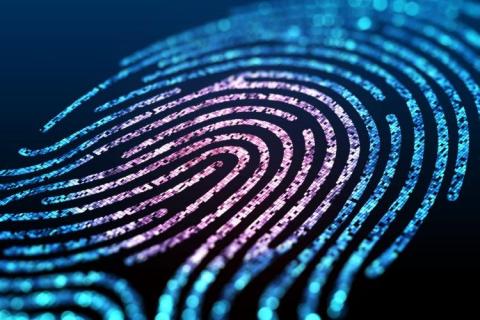What is Zero Trust Security and Why do I Need it?
Modern technology environments have become increasingly complex. This, as you might imagine, has had a wide-ranging impact on our organizations, IT teams, and priorities, especially when it comes to security.











